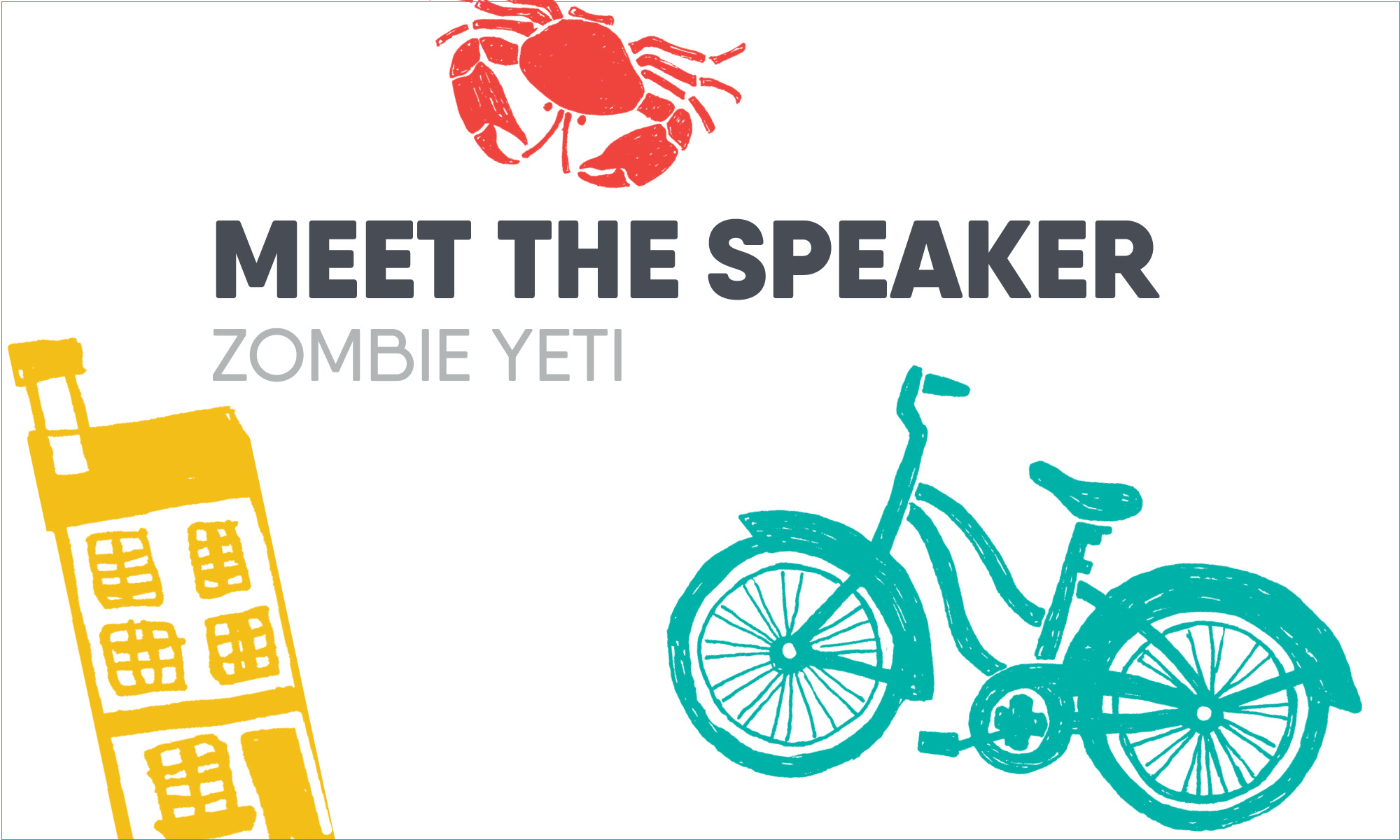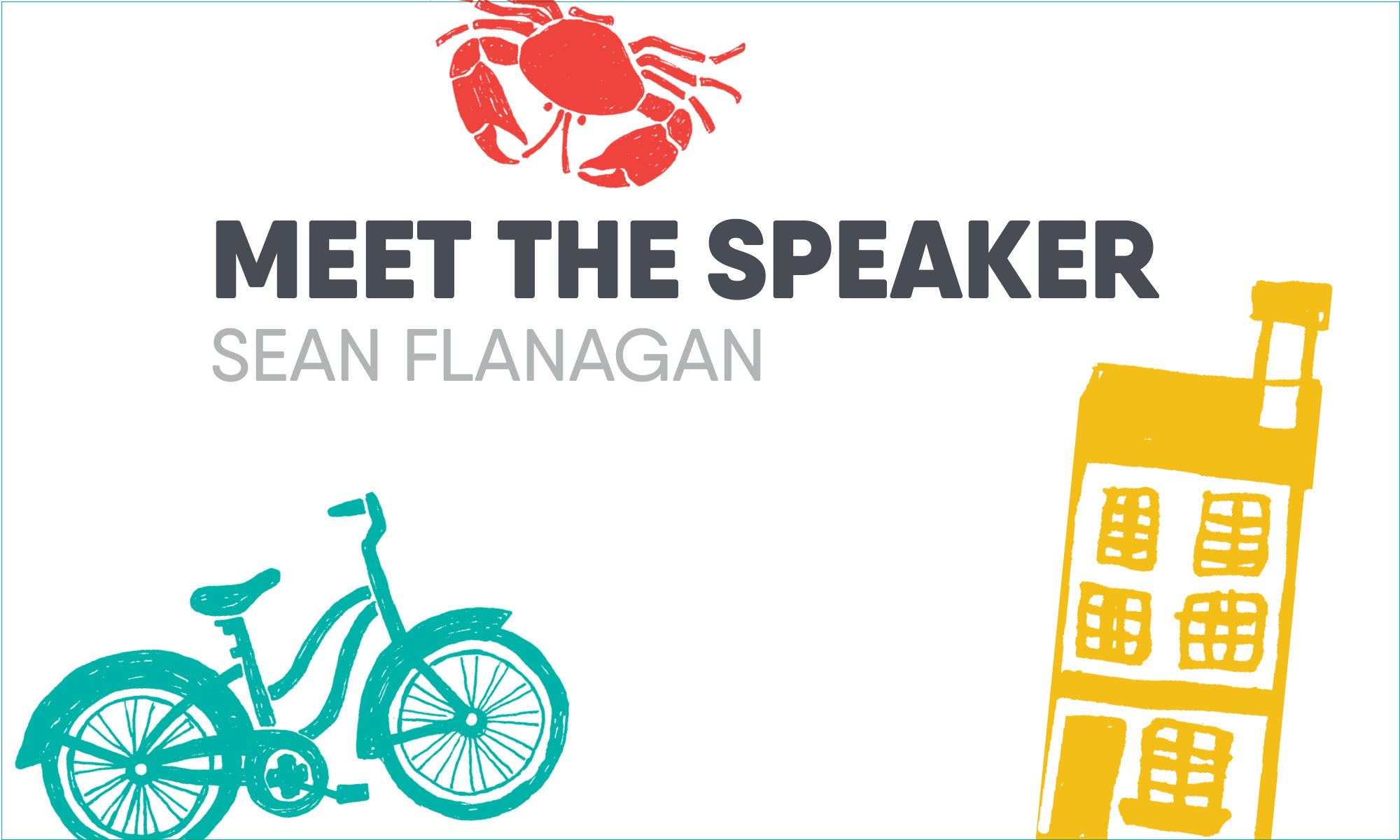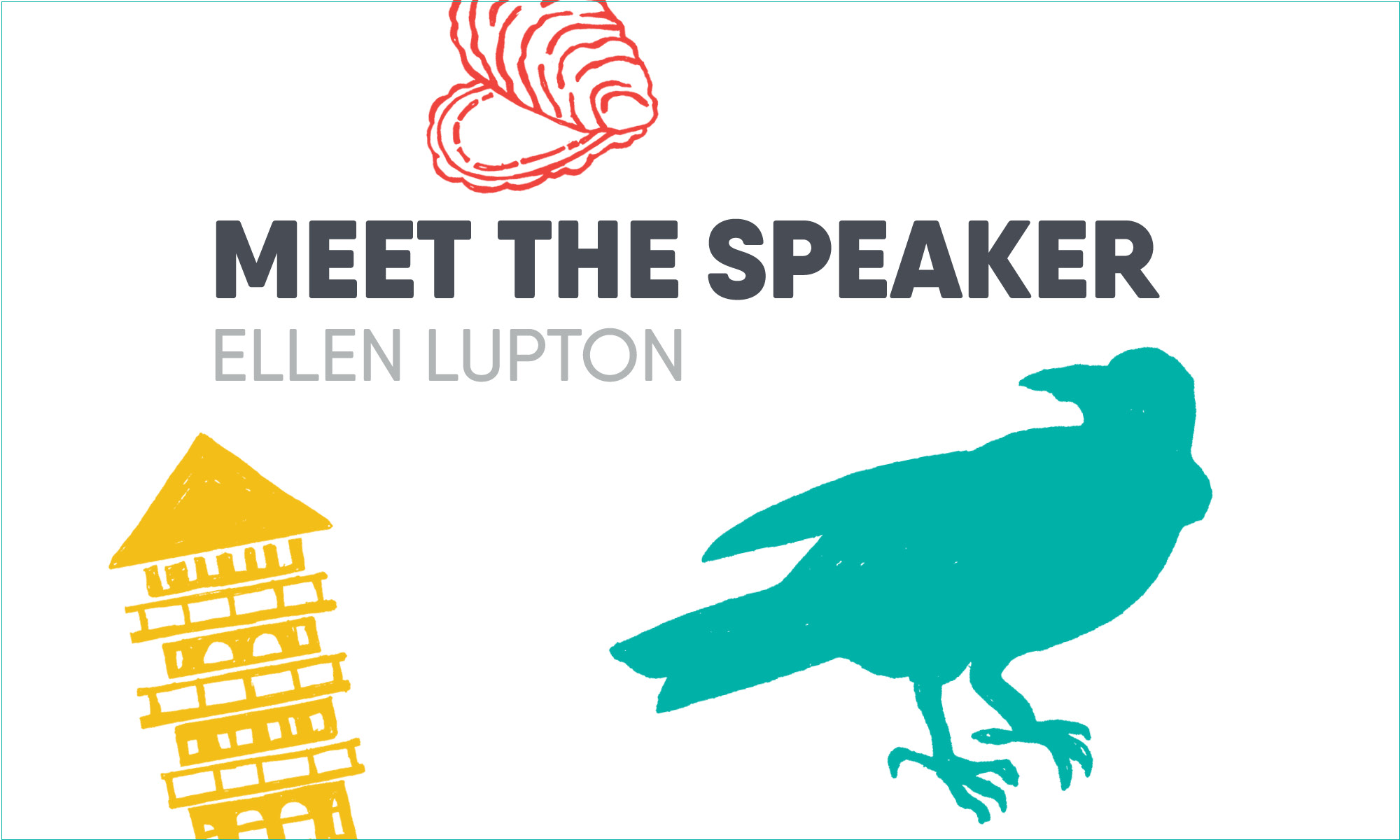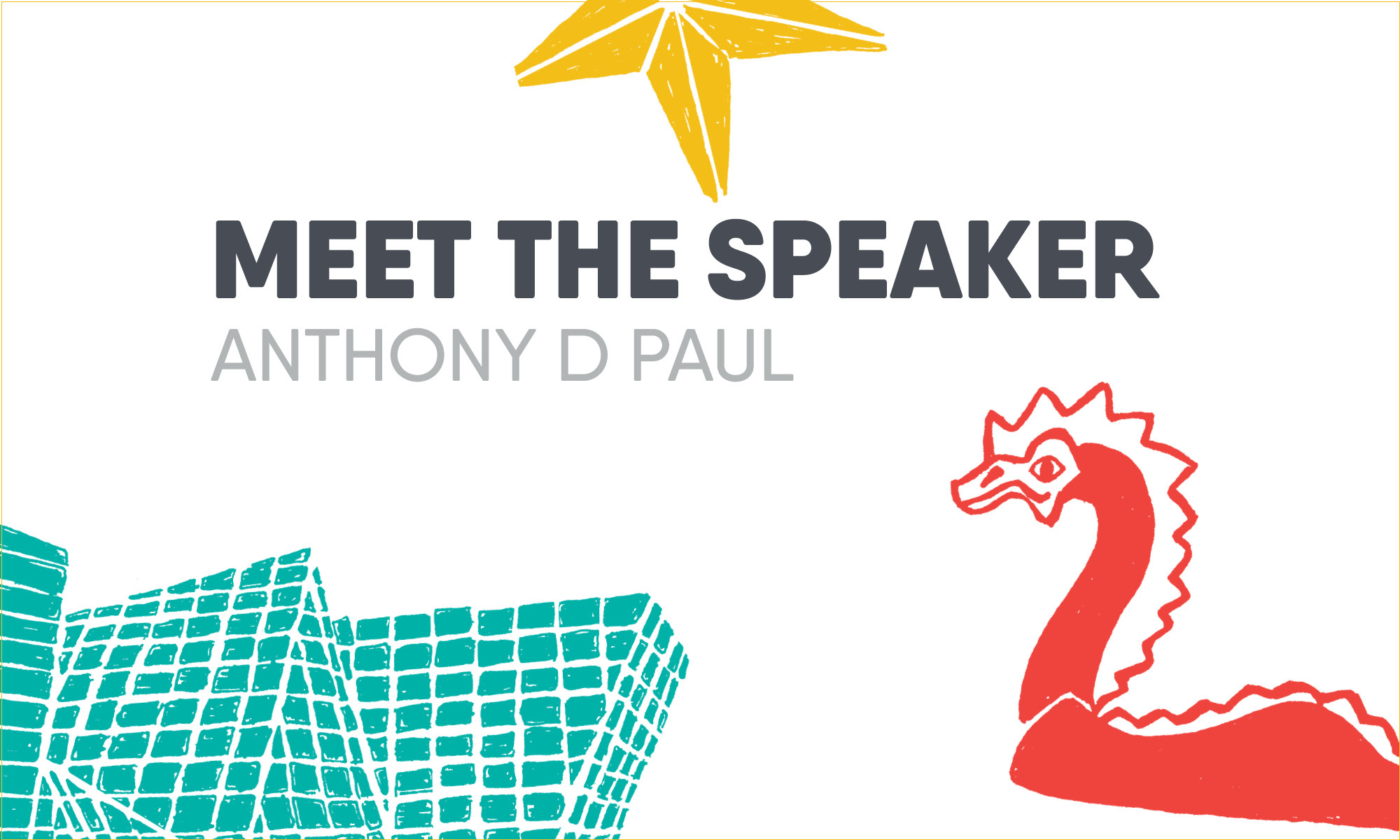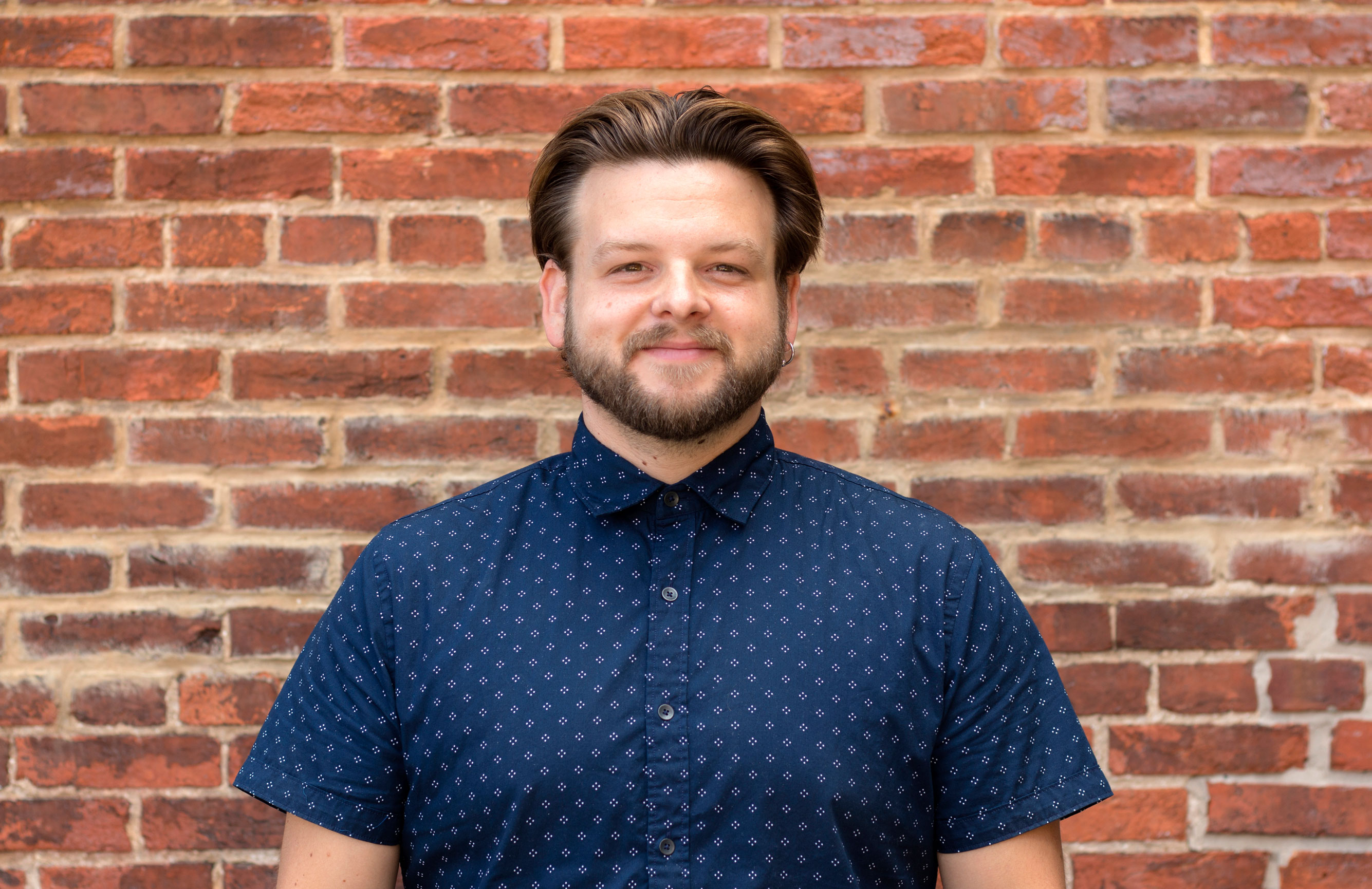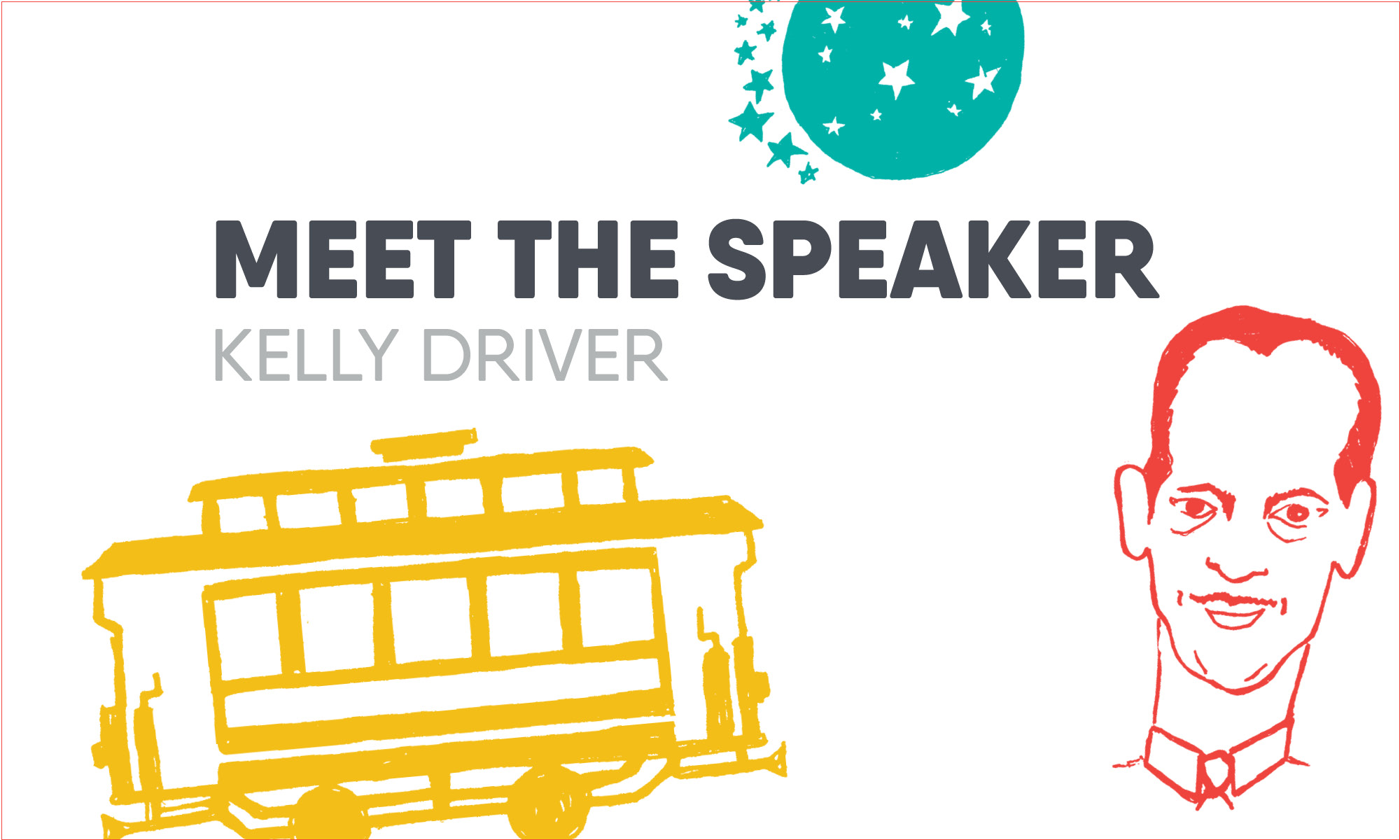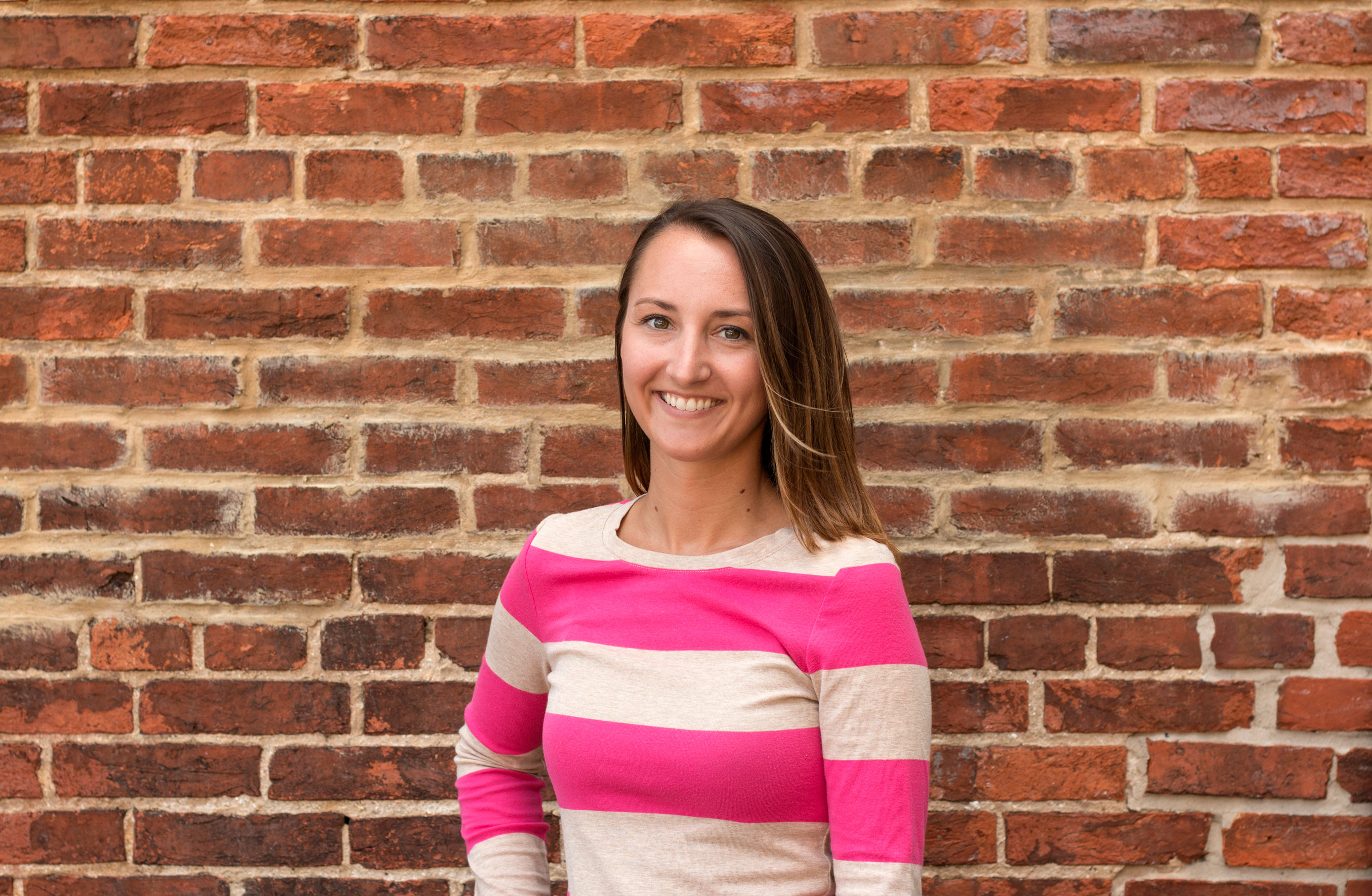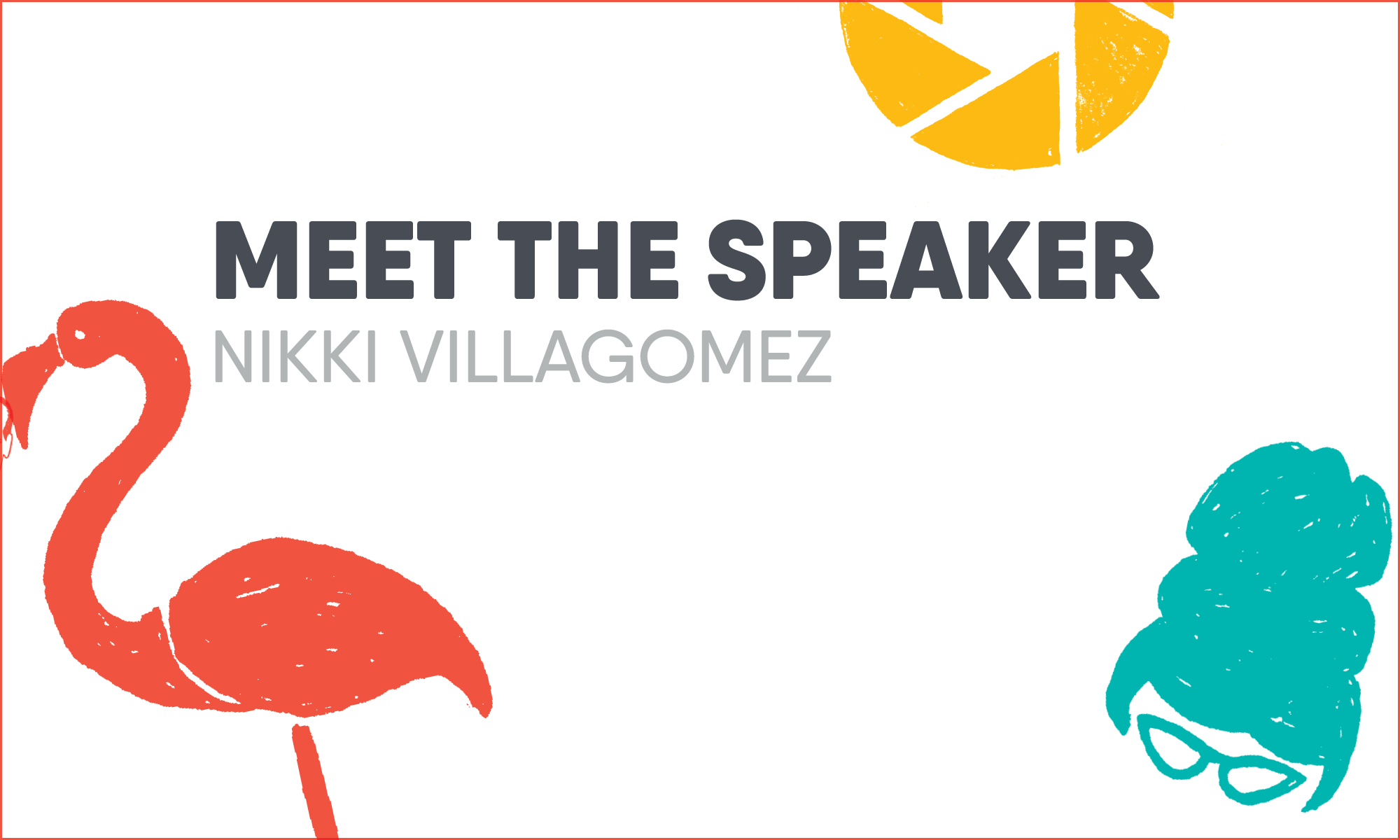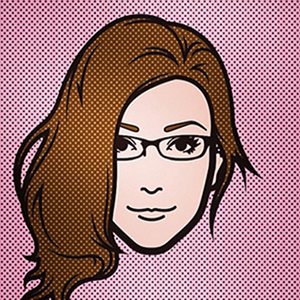Thanks to Kelly Strine for writing this blog post!
The 8th annual AIGA Baltimore Design Week kicked off with a special Design & Dine with the legendary Debbie Millman on Friday, October 11, 2019, at Topside’s beautiful Garden Room. Founder and host of the Design Matters Podcast, Debbie has interviewed over 500 artists, designers, and industry experts. This special Design & Dine was no lecture. Instead, it was Debbie’s signature conversational interview style with 30 of Baltimore’s industry professionals. Had it been recorded, it could’ve been the next episode of Design Matters.
The casual discussion explored how we portray our lives on social media and in our own personal branding. Debbie has “very, very strong feelings about people as brands,” and why we sometimes hide the truth––or downright lie––in the social media versions of our lives.
Personal Branding
Debbie has studied the evolution of branding, and how we’ve grown with it, for the past 17 years. At its core, branding is about mark-making and building consensus around that mark. Through quality and consistency, shared views and opinions regarding products and services can be accomplished.
If we fast-forward through the history of corporate branding, we come to a more recent phenomenon: personal branding. Personal branding is the practice of marketing people and their careers as brands, with an intentional effort to influence public perception. Sound familiar in the design industry where everyone wants to position themselves a certain way in the marketplace?
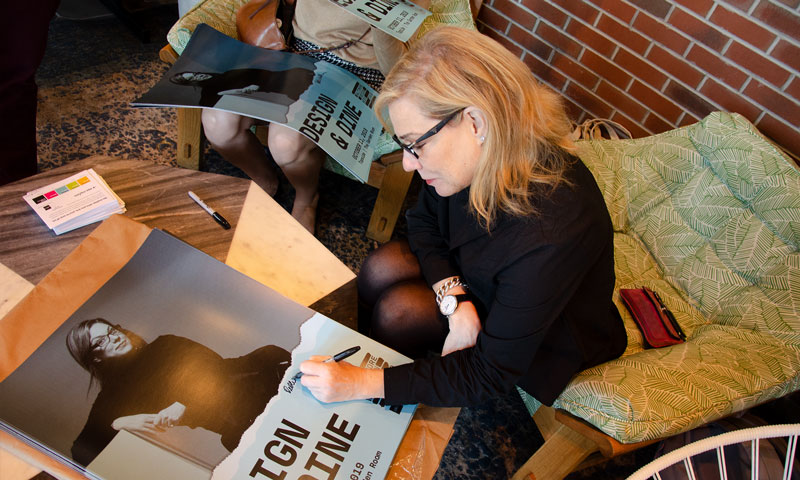
Humans are Messy
As Debbie so bluntly put it, “Humans are messy.” We have a lot of feelings. But brands don’t have that kind of depth. Sure, brands can evolve, but brands are rooted in consistency. If humans run the emotional gamut and can reinvent themselves, but brands are built on consistency, can personal brands be successful? Can consensus be built?
From a technology standpoint, we’re living in an ever-connected environment. We’re always just a tap, click, or voice command away from whatever we need. Yet we’re oddly disconnected in our interpersonal relationships. Why? Isn’t social media supposed to make us feel more connected?
Our Online Personas
In many cases, people use social media as a highlight reel. We share what we are proud of and the happy moments and hide what we are ashamed of. That’s natural, right? But if you’re only seeing the highlights of other people’s lives, it’s much easier to feel left-behind or alone in your own life. The things that we don’t share tend to be the things that build a better connection with others.
For those of us who maintain a personal brand, Debbie challenged us to consider how social media impacts our branding. If we hide certain aspects of our lives to position ourselves a particular way, we start to pull away from our authentic selves. We start to create an online persona who is our ideal selves, but ultimately this can lead us to feel even more disconnected from ourselves and others.
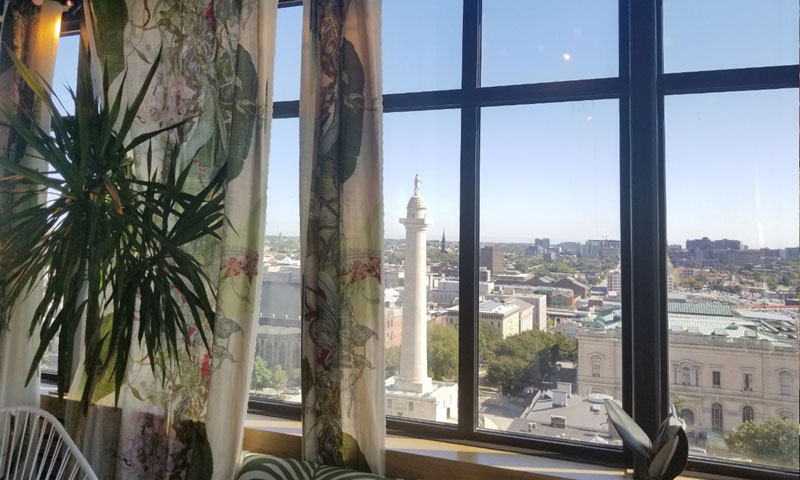
How do we combat the disconnect? Here are a few ideas:
- Digital minimalism: More and more people are disconnecting from social media to live their lives IRL (in real life). Taking a break from social media or ditching it altogether is one way to reconnect and build better relationships with others.
- Be authentic: Rather than showing only the highlights, show your authentic self—challenges and all. People connect with honesty. But the key is to help; not commiserate. If you’re going through a difficult time, chances are someone else is going through it too. Share resources or seek support, rather than just complain.
- Set an intention: Ask yourself, why am I posting this? Am I looking for self-validation? Sympathy? Is it a humble brag? Being honest about why you’re posting sends a clear message to your audience. Did you land your dream client after working your tail off on the pitch? Yeah, I’ll celebrate that win with you. But do I care about your “picky” client? Nah, I don’t need your negativity.
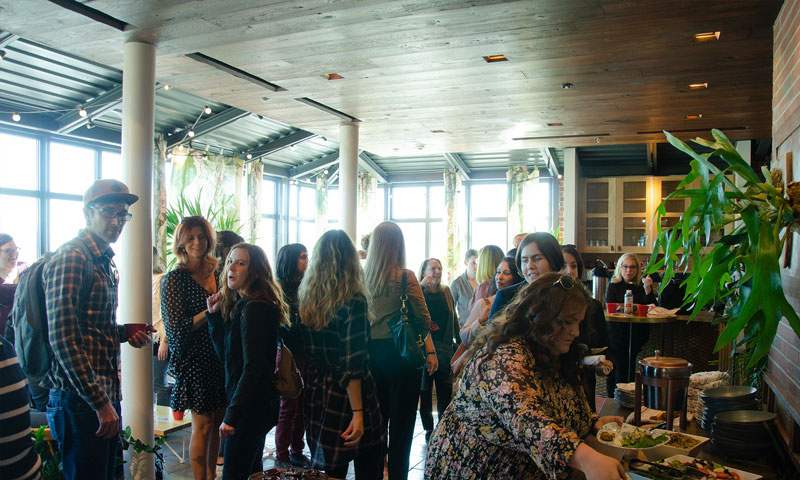
Social Branding
As Debbie notes, branding is always evolving. The most recent anomaly is social branding, which is marketing for social change. Social branding projects, such as the Me Too Movement and Black Lives Matter, are designed to change a culture. So, whereas personal branding fails at the individual level due to the complexity of human emotions, social branding succeeds due to the social change people can rally around. Social branding builds consensus.
Continue the Conversation
Where do you stand on personal branding? Is your personal brand a true brand in that it builds consensus, or is it more of a brand identifier to set you apart in the marketplace? Do you tend to hide the truth on social media in hopes of creating an ideal online persona? Share your thoughts in the comments below, we want to hear from you!
About the Speaker:
Debbie Millman
Twitter & Instagram: @debbiemillman
Named “one of the most creative people in business” by Fast Company, and “one of the most influential designers working today” by Graphic Design USA, Debbie Millman is also an author, educator, curator and host of the podcast Design Matters.
